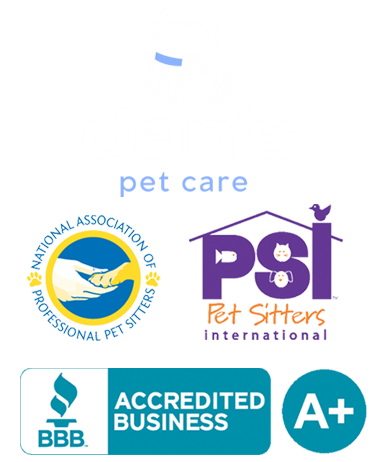Feeding cats a raw diet has become increasingly popular among pet owners looking to provide a more natural, species-appropriate meal plan. The raw food for cats movement is based on the idea that domestic felines should eat the way their wild ancestors did. Proponents claim it leads to shinier coats, healthier teeth, and improved digestion. However, not all veterinary professionals agree, and the conversation around raw feeding is often filled with controversy and misinformation. In this article, we’ll explore the raw cat diet pros and cons, what veterinarians have to say, and whether this diet is right for your feline, especially if you’re looking for the best cat diet on Long Island.
1. What Is a Raw Cat Diet?
A raw diet for cats typically includes uncooked meat, organs, bones, and sometimes raw eggs or dairy. Some pet parents prepare meals at home using grocery store ingredients, while others rely on commercially prepared raw food. These pre-packaged diets may be fresh, frozen, or freeze-dried. The goal is to mimic what cats would eat in the wild, mostly small prey animals like birds and rodents. Most raw diets are high in protein, low in carbohydrates, and include necessary fats and moisture. Key nutrients such as taurine, calcium, and vitamin A must be balanced to prevent deficiencies. Proper formulation is critical, as an unbalanced diet can cause long-term health issues.
2. Why Some Cat Owners Choose Raw Feeding
Many cat owners who switch to a raw diet do so because they believe it offers health benefits that traditional kibble or canned food cannot. These perceived benefits include:
Improved digestion and less litter box odor
Shinier coat and healthier skin
Better weight management and muscle tone
Reduction in allergies or food sensitivities
Enhanced energy and behavior
Supporters also express concerns over processed foods, additives, and fillers commonly found in commercial cat food. Feeding raw gives them full control over ingredients and sourcing. This shift is often fueled by a desire to offer the “best cat diet” available, especially for pets with chronic issues that don’t respond to conventional food.
3. Raw Cat Diet Pros
There are several reported advantages of raw feeding when done correctly. These include:
Higher moisture content: Supports urinary health and hydration.
Fewer carbs: Cats are obligate carnivores and don’t need carbohydrates.
Dental benefits: Raw meat and bones may help clean teeth naturally.
Improved stool quality: Firmer, less frequent stools.
Increased palatability: Most cats love the taste of raw food.
These pros have made raw diets appealing, especially to owners who want to align their cat’s food with its biological needs. However, benefits are highly dependent on proper formulation and sourcing.
4. Raw Cat Diet Cons
While raw diets offer potential benefits, they also come with significant drawbacks and risks:
Bacterial contamination: Raw meat can carry Salmonella, E. coli, and Listeria.
Nutritional imbalances: Homemade diets may lack essential vitamins and minerals.
Bone hazards: Whole bones can cause choking or intestinal blockages.
Cost and prep time: Raw feeding is typically more expensive and time-consuming.
Not suitable for all cats: Immunocompromised or senior cats may be at greater risk.
These cons must be carefully weighed. Improper raw feeding can cause more harm than good, which is why veterinary guidance is essential.
5. What Veterinarians Think About Raw Feeding
Veterinary opinions on raw food for cats vary. Some holistic vets support it when done safely, while many traditional vets express serious concerns.
Concerns frequently raised by vets include:
Risks of bacterial infection to pets and humans
Improper diet formulation leading to health issues
Lack of scientific studies supporting raw feeding claims
Legal liability concerns in multi-pet households
On the other hand, some vets recognize benefits when the diet is well-balanced and commercially prepared. Organizations like the American Veterinary Medical Association (AVMA) advise against raw feeding due to safety concerns, yet they also stress that if pet parents choose raw, it should be done responsibly.
6. Commercial vs. Homemade Raw Diets
Raw diets are available in two main forms: homemade and commercial. Each has its advantages and risks.
Homemade Raw Diets:
Allow full control over ingredients
Require detailed research and vet collaboration
Must include supplements for balance
Commercial Raw Diets:
Convenient and often balanced by veterinary nutritionists
Available in frozen, fresh, or freeze-dried formats
Typically go through some safety testing
For most pet parents, starting with a reputable commercial brand is safer and easier. Homemade diets are possible but should never be improvised without veterinary oversight.
7. How to Transition Your Cat to Raw Food
Switching your cat to a raw diet should be gradual. Sudden changes can upset the digestive system and lead to rejection of the new food.
Steps for transitioning:
Start by mixing small amounts of raw food with your cat’s current diet
Gradually increase the raw portion over 7–10 days
Monitor your cat’s appetite, stool, and behavior
Ensure clean bowls and surfaces to avoid contamination
Some cats may take longer to adjust. Patience and consistency are key. Consult your vet before and during the transition to track health indicators.
8. Myths About Raw Food for Cats
There are many myths circulating in the raw feeding community. It's important to separate fact from fiction:
Myth: Raw food cures all health issues. While it may help some cats, it is not a universal solution.
Myth: Cats can’t get sick from bacteria. Cats can carry and shed harmful bacteria, risking household exposure.
Myth: If it’s natural, it must be safe. Not all “natural” diets are nutritionally complete.
Myth: You don’t need supplements. Even raw diets require specific nutrients.
Staying informed and consulting a vet will help you navigate misinformation and keep your pet safe.
9. Raw Diet Alternatives
If you're hesitant about a fully raw diet, there are alternatives that still offer high-quality nutrition:
Gently cooked diets: Lightly cooked meals that retain nutrients while reducing pathogens
High-protein canned food: Wet food options that are balanced and carb-conscious
Freeze-dried raw: Raw food that has been dehydrated for safety and convenience
Raw toppers: Small amounts of raw added to regular food for enrichment
These alternatives may provide similar benefits with fewer risks. They can also be a stepping stone for those considering a full transition.
10. What Dans Pet Care Recommends
At Dans Pet Care, we understand that every cat is unique. What works for one pet may not suit another. Our experienced Long Island pet care team believes in personalized, vet-backed guidance when it comes to feeding decisions. We’ve seen cats thrive on raw, cooked, and commercial diets, as long as they are complete, balanced, and supported by regular veterinary care. While we don’t promote one-size-fits-all solutions, we do stress the importance of safety, nutritional adequacy, and monitoring. Whether you're feeding raw or exploring other options, our goal is to support your journey with resources, recommendations, and in-home care. Learn more about our services at danspetcare.com.
Is a Raw Diet Right for Your Cat?
Raw diets for cats have passionate supporters and concerned critics. If you’re considering this feeding method, do your research, consult your vet, and monitor your cat closely. Raw food offers benefits when done right but also comes with risks that should not be ignored. A successful raw diet requires planning, commitment, and ongoing evaluation. No matter which path you choose, the goal is the same, a healthy, happy cat. And for Long Island pet parents, Dans Pet Care is here to help you make informed, responsible choices every step of the way.





